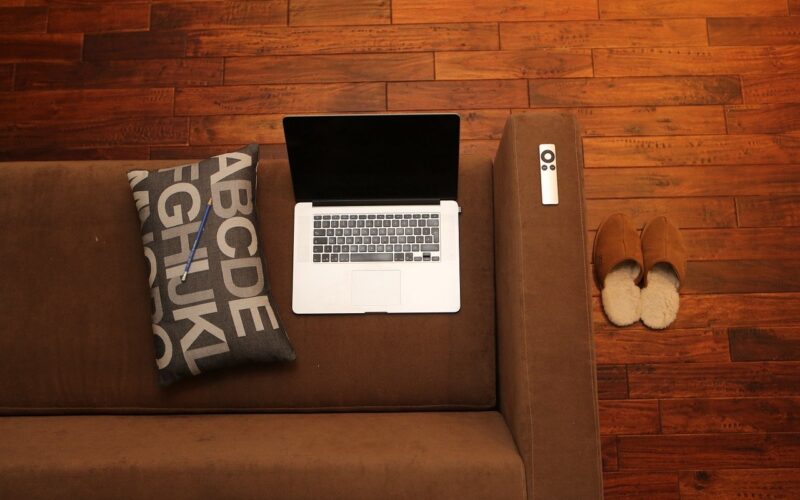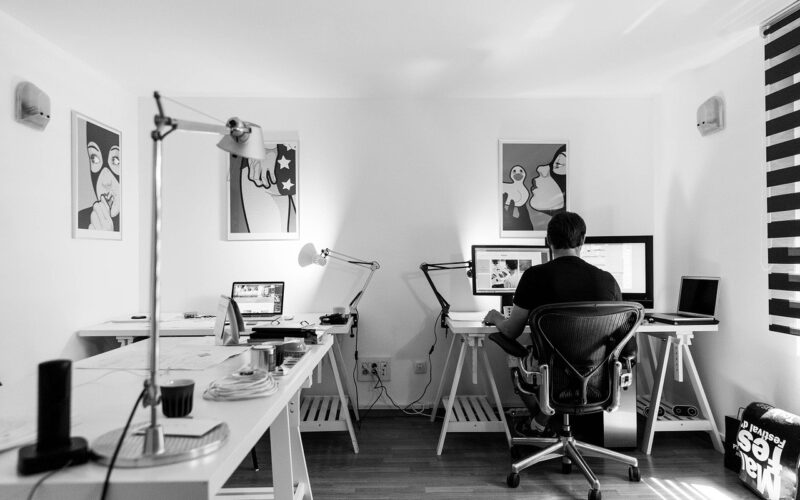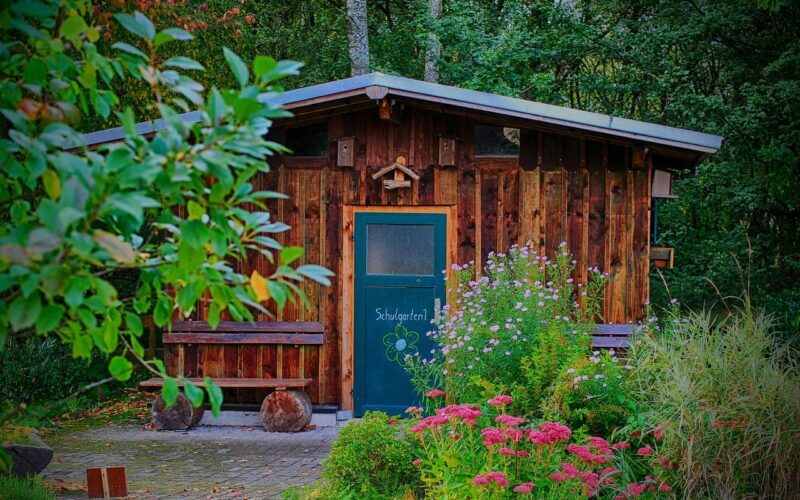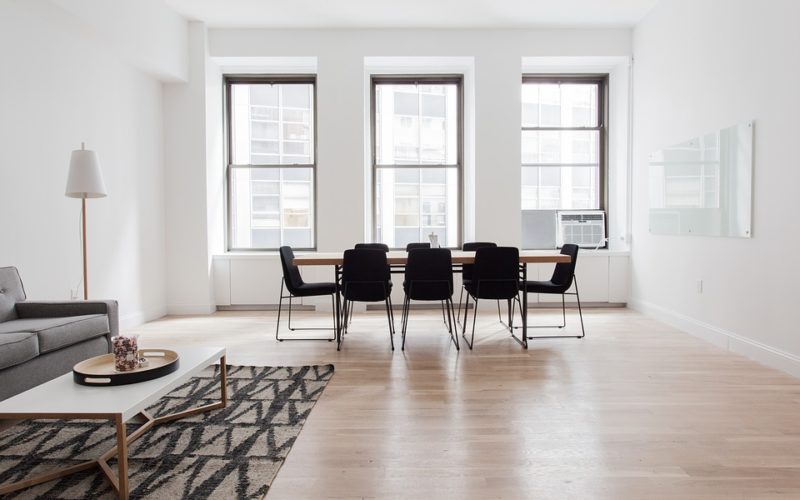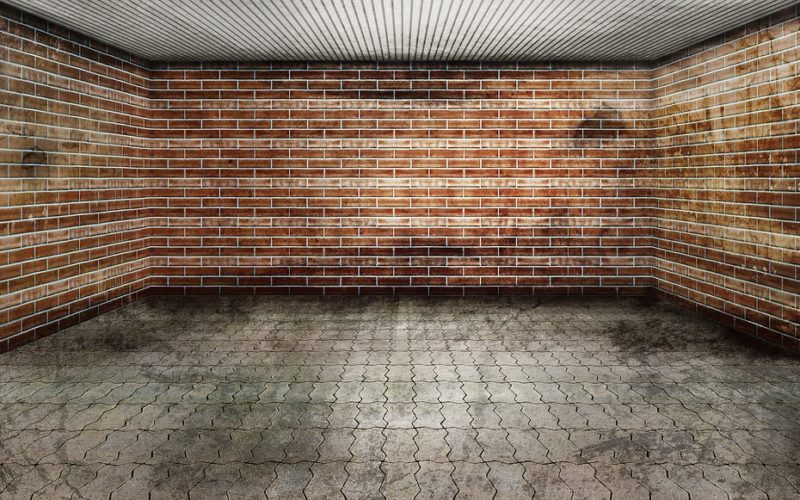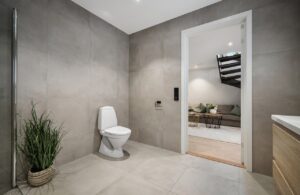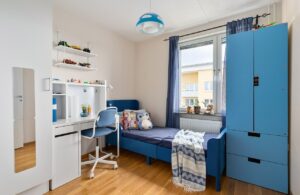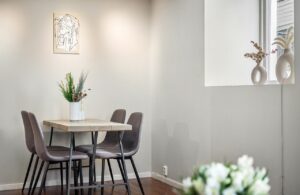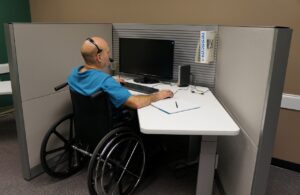The landscape of work has undergone a radical transformation in the past few years. With the rise of remote working arrangements, individuals and companies alike have had to reimagine the concept of the workplace. The shift, driven initially by necessity during global health crises, has persisted as employees and employers recognise the benefits and challenges of working from home.
The home office becomes the new norm
For many, the home office has transitioned from a temporary makeshift area into a permanent fixture. Dining tables have been replaced with ergonomic desks, while spare rooms are being converted into fully equipped workstations. This evolution is not just a change in physical space; it represents a paradigm shift in our perception of how and where work should take place. Home office setups often include high-speed internet connections, professional video conferencing setups, and sometimes even green screens for virtual backgrounds, ensuring that professionalism is maintained even when one is miles away from a corporate office.
The blend of personal and professional life
Adapting homes into offices has necessitated a delicate balance between one's personal and professional lives. The boundaries that once physically separated these two spheres have blurred, giving rise to new routines and habits. For some, it enables the luxury of flexibility and commuting time saved, but it also demands a new level of discipline to stay productive amidst domestic distractions. This blending also means that homes need to cater to dual functionalities, demanding smart designs that can seamlessly interweave living and professional spaces.
Technological adaptations and innovations
Technology has played a pivotal role in facilitating the transition to remote work. Collaboration tools, cloud computing, and workplace communication platforms have seen a meteoric rise in usage. Employers have had to expedite their digital transformation strategies, while employees have upskilled, becoming more adept at using a variety of software and hardware to stay connected and efficient. The innovation wave spurred by the remote work revolution shows no signs of ebbing, with new tools continuously emerging to address the nuances of dispersed teams.
The impact on city centre office blocks
The dispersion of workers away from centralised city offices has led to an unprecedented emptiness in office blocks that once buzzed with activity. Skyscrapers and commercial complexes in the heart of cosmopolitan cities now face low occupancy rates and a questionable future. Consequently, real estate moguls and urban planners are pondering the repurposing of these colossal structures. Some envision a conversion into residential apartments or community hubs, while others forecast flexible co-working spaces designed for hybrid work models.
Looking to a flexible future
The conversation around remote work invariably leads to discussions about the future of employment. Many businesses that were once hesitant have now embraced a more flexible work policy, while employees advocate for a mix that suits their personal and professional needs. A 'flexible future' might encapsulate a wide array of arrangements, from fully remote roles to hybrid options allowing for some days at the office. This future hinges greatly on employee trust and the corporate philosophy that quality work can occur anywhere, not just within the traditional office setting.
The rise of working from home has been a significant driver in societal change, affecting how people balance their home and work lives, impacting urban landscapes, and catalysing technological innovation. While it's not without its challenges, the gradual shift towards a more flexible working environment suggests a redefinition of productivity beyond the confines of the office walls. How this trend will shape the future remains to be seen, but one thing is certain—the remote work phenomenon has planted the seeds for a potential revolution in work, life, and urban habitation.

